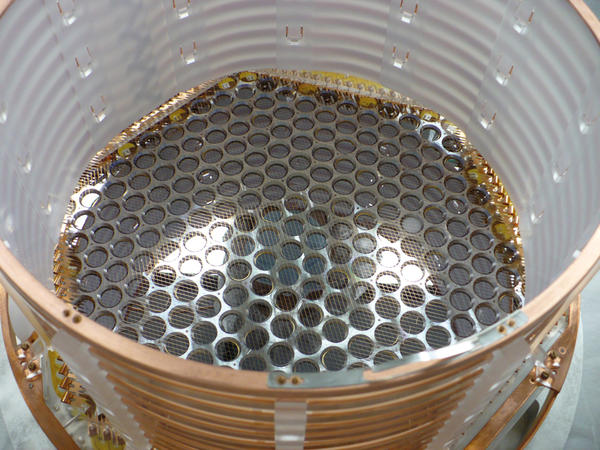SNOLAB researcher in the hunt for Majorana Neutrinos

Dr. Bruce Cleveland, SNOLAB researcher is part of a collaboration called EXO that released a paper about their search to discover the mass of a neutrino.
In a progress report published in the journal Nature, the scientists involved with the EXO-200 experiment shared what two years of data have told them about neutrinoless double-beta decay, one of the rarest processes in the universe. If this decay takes place, it can give scientists valuable information about neutrino mass.
The EXO-200 researchers are looking for hints of the process in the way xenon transforms into the element barium. The isotope of xenon used by EXO-200, xenon-136, follows a rare variant of a well-known natural process called beta decay in which two neutrons decay simultaneously, emitting two electrons and two anti-neutrinos to create two protons, and one atom of xenon moves forward two spots in the Periodic Table to become barium.
In one version of this process, called two-neutrino double-beta decay, all four particles from the two beta decays (two electrons and two anti-neutrinos) are emitted. The other version is neutrinoless double-beta decay, the variant EXO-200 was designed to detect. In this version the two anti-neutrinos never appear. They annihilate each other before they can escape. This would confirm to researchers that neutrinos, unlike other particles, are their own antiparticles.
Finding the mass of the neutrino can help answer big questions such as how the universe grew into its present form.
Paper available here.
Picture courtesy of the EXO Collaboration.